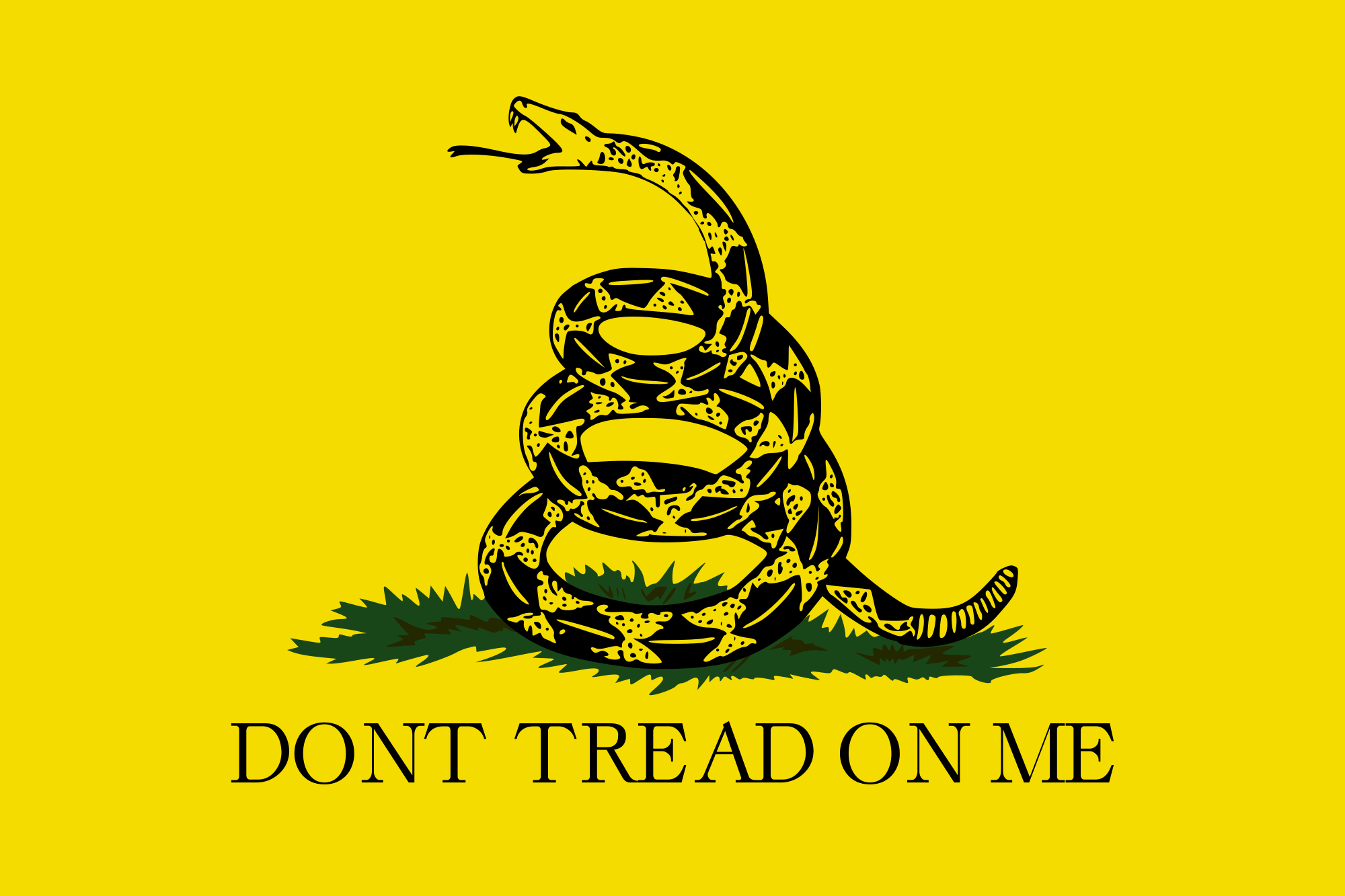
The metaphors of battle, conflict and fighting are tightly woven into our American narrative, beginning with “Don’t Tread on Me” in 1776. This effectively defiant message was developed well before any modern forms of propaganda, and yet effectively framed colonist attitudes towards British rule. The image of a snake accompanied the text, clearly carrying an implication of dangerous retribution for any unwanted intrusion.
“Fighting for Us” reads the campaign sign for Hillary Clinton, indicating that she believes American voters want a pugilistic President. Hillary is not the first to adopt a pugnacious slogan designed to capture voters’ attention and devotion, and she most likely is far from the last.
Donald Trump’s tough-talk obsession with “winners” and “losers” provides another example of how conflict permeates our American perspective, but it’s not only within politics that competition becomes explicit. Even healthcare has adopted metaphors of conflict by describing “battles” with cancer and “courageous fights” against one serious illness or another.
The conflation of bravery with conflict is unfortunate; sometimes, after all, it’s brave to be gentle. Yet we reflexively slide into aggressive metaphors of conflict in describing the nature of bravery or commitment. We “knock ourselves out,” “go down fighting” and “take a hit.” We “block,” “parry” and “strike a blow for freedom.” In employing attributes of conflict in personal communication we establish polarities of dominance and subjugation, become increasingly isolated, and divide the world into “self” and “other.” This is the left-brain hemisphere expression of autonomy, the mind-of-separation.
In extending the metaphor to group identity, such as nationality, we stoke the fires of “against” by creating enemies, imagined or designated. Thus we generate the “dog-eat-dog” world of competition and conflict, creating a self-justifying closed-circle of logic which simultaneously generates imperatives and illusions of control. At its fullest expression, this process becomes an exercise in mass paranoia fueling genocide and military adventure. Senator Ted Cruz, therefore, threatens to “carpet bomb” the Islamic State until the “sand glows” should he become President.
Alternative metaphors exist, but they don’t get much respect. Cooperation and collaboration actually are humanity’s refuge, the experience and act of being “with.” By being “with” we personally find common ground; this is the oneness of right-brain hemisphere expressions of unity, the antithesis of the mind-of-separation. Thus we “join,” “work together,” “explore,” “deepen” and “appreciate.” Bravery becomes a willingness to feel, open up, be vulnerable and experience empathy.
Extended to collective identity, cooperative metaphors yield policies of compassion and caring; the welfare of others and the world as whole assumes primacy. An appreciation of diversity and complexity breeds thoughtfulness, respect and measured responses. At its fullest expression, this process becomes an exercise of selflessness and love, the bravery to trust kindness and generosity.
To the extent such an idea sounds naive and foolish indicates how thoroughly the metaphors of conflict color our personal and collective narratives. Thus it is not surprising that we experience local, national and international violence continuously. One may argue that the violence generates the metaphorical narrative, but it’s worth considering the ways in which our conceptual framework generates the emotional experiences that generate behavioral violence. It’s possible we are fulfilling our own self-constructed paranoid narrative by playing a role we have mistakenly written for ourselves and the world at large.
If we change our narrative does it change our world?